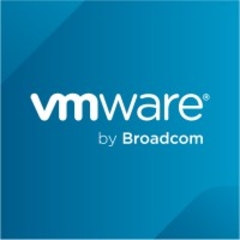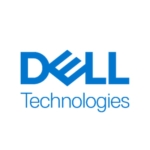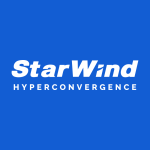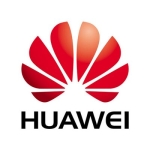The reduction in cost of storage: In my most recent deployment, we reduced cost from around $20,000 per TB (CapEx) to less than $1,000 per TB (CapEx). This is not taking into account deduplication/compression or the ability to add disks and scale vertically, not incurring licensing costs, which would drive the cost down further.
Traditional SANs require large up-front costs, and with "forklift" upgrades, you end up spending a very large amount of money initially and then expect to recoup the costs over the lifetime of the array. This is not how vSAN – or any other HCI (hyperconverged infrastructure) product – works. The idea is to have a small initial investment and, with horizontal/vertical scaling, you can grow into the needs of your environment. This can be accomplished several ways, by either adding more disks to each host (vertical scaling) or by adding more nodes to the cluster (horizontal scaling). This allows for much greater flexibility with your storage. Before HCI, you were required to guess how much storage you were going to need, and were stuck with what you guessed at.
Upgrades are also much simpler. Because the system is software-defined, you simply upgrade the software rather than the entire hardware stack. If you want to upgrade the hardware, you would then simply add nodes in, and remove older nodes. It is also possible to create a new cluster and do a swing migration; however, this is similar to older-style upgrades. The point is that there are a lot of options available with HCI systems.













